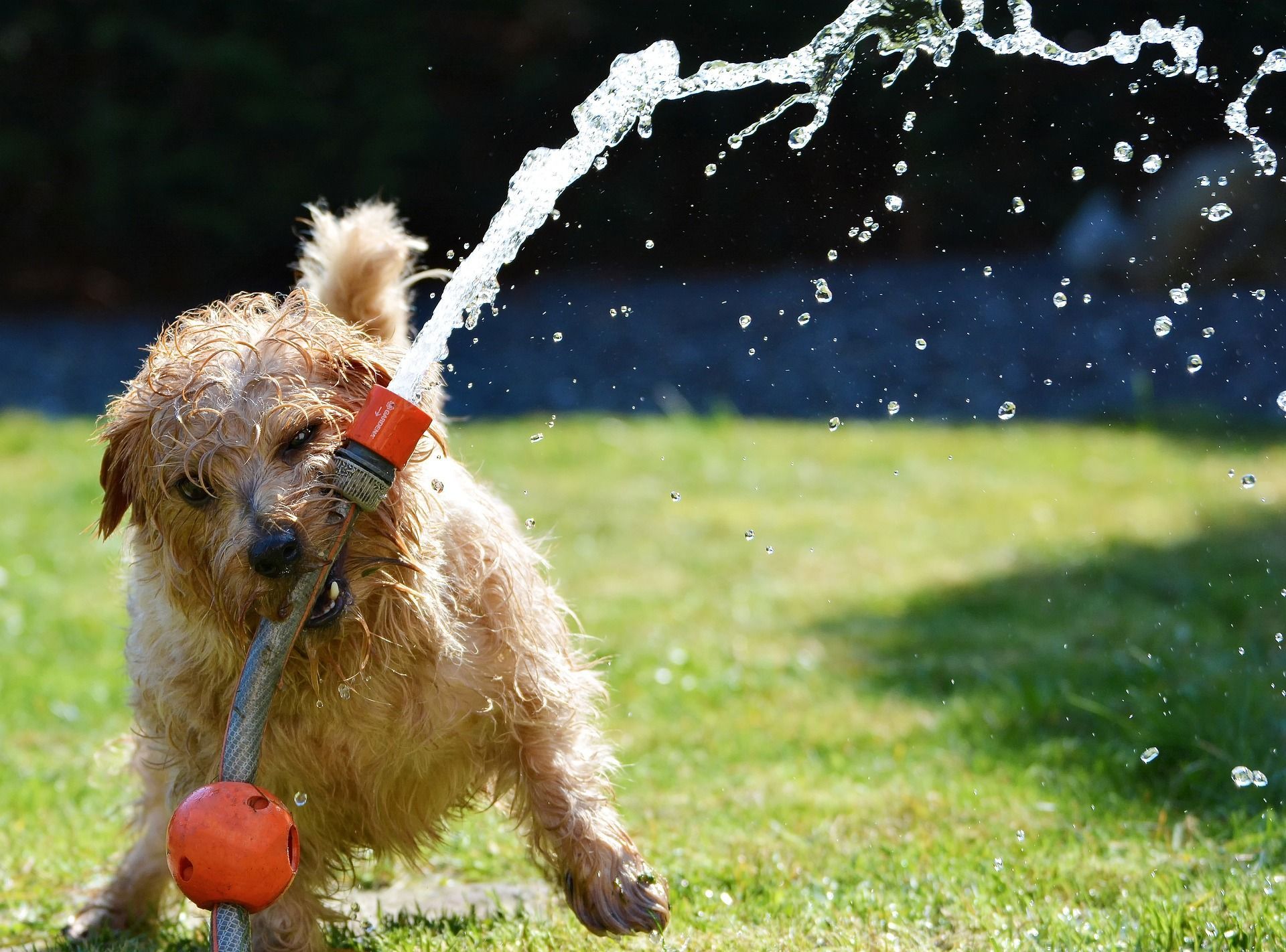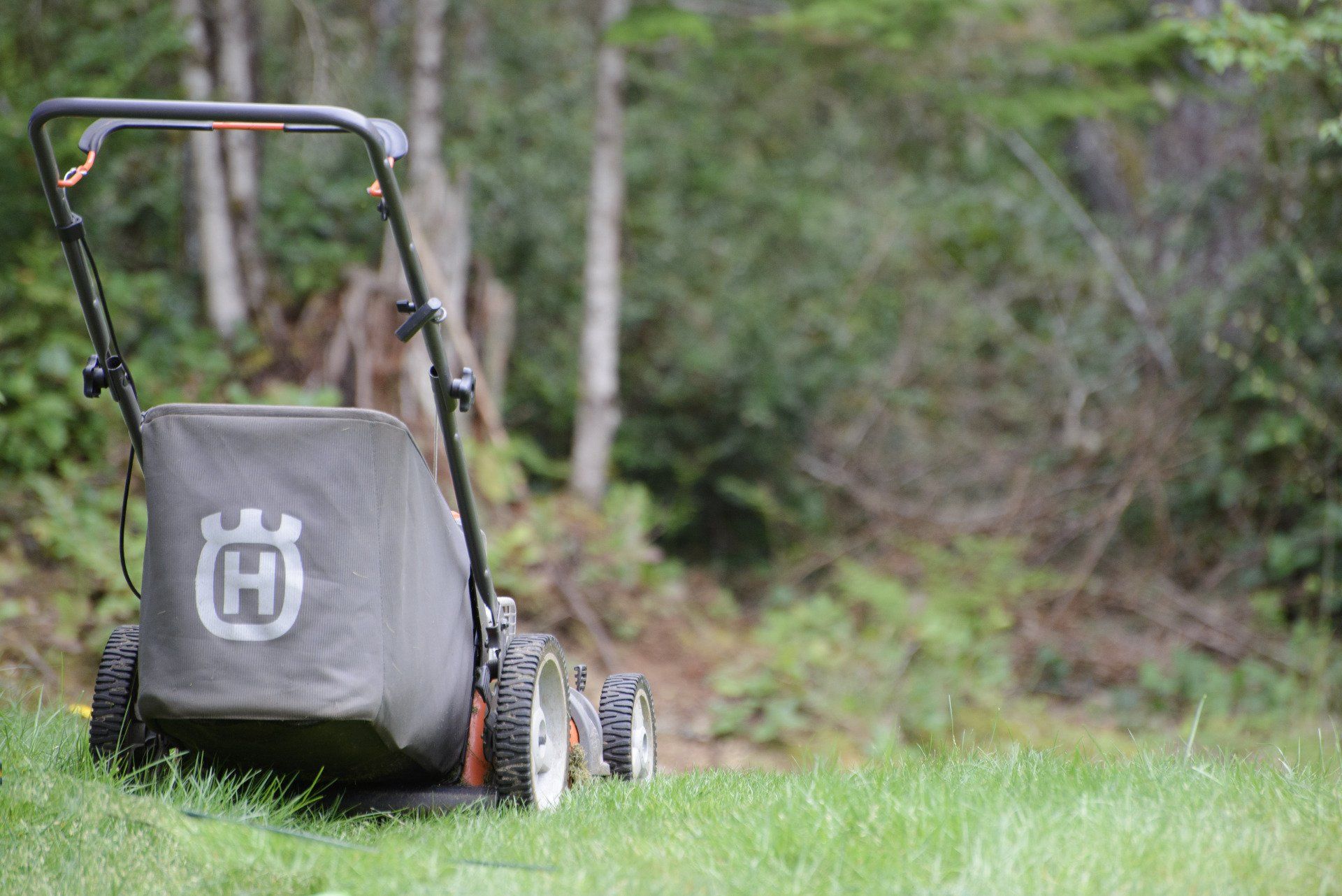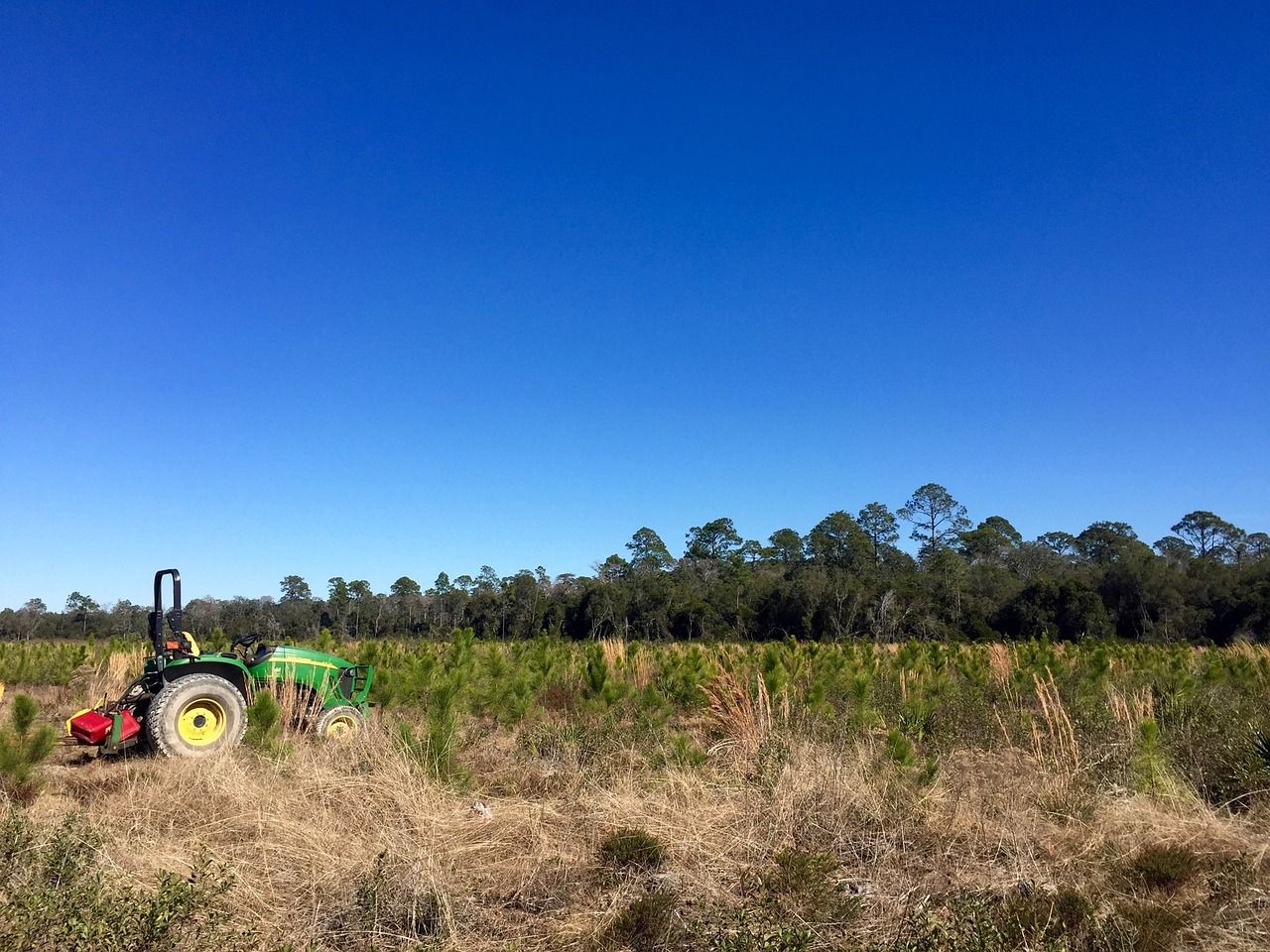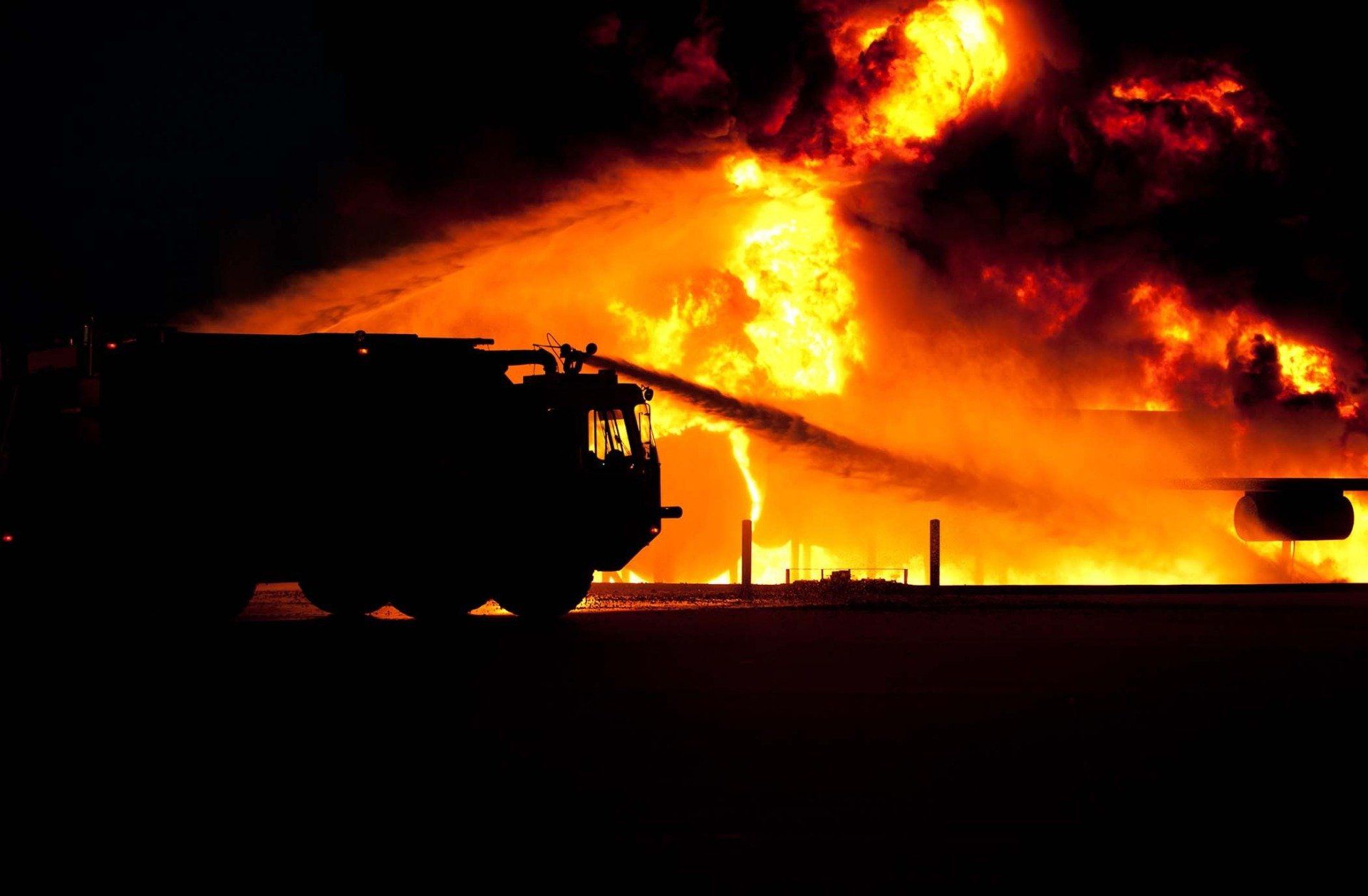What is the Difference Between Mulching and Slashing?
Is mulching necessary?
Mulching and slashing are two commonly employed techniques for landscape maintenance and vegetation management. While both methods aim to control and enhance the growth of plants, they differ in their approach and purpose. Read on to learn the definitions, objectives, benefits, techniques, and applications of mulching and slashing. We will also highlight the critical differences between the two processes and provide factors to consider when choosing between them.
Definition of Mulching:
Mulching is finely cutting grass clippings and leaving them on the lawn after mowing or covering the earth around plants with a coating of organic or inorganic material. This layer acts as a protective barrier, providing numerous benefits to plants and the earth. Mulching helps retain moisture, regulate soil temperature, suppress weed proliferation, and add nutrients to the soil. Gardening and landscaping projects often utilise mulching, particularly around trees with exposed roots.
Purpose and Benefits of Mulching:
Mulching primarily aims to improve plants' overall health and growth. By retaining moisture, mulch helps prevent soil erosion and reduces the need for frequent watering. The regulated soil temperature protects the roots from extreme heat or cold, ensuring optimal growth conditions. Additionally, the layer of mulch acts as a natural weed barrier, reducing competition for nutrients and sunlight. As the mulch breaks down over time, it enriches the earth with organic matter, improving its fertility.
Types of Mulching Materials:
We can broadly classify mulching materials into two categories: organic and inorganic. Organic mulches include wood chips, straw, leaves, grass clippings, and compost. These materials decompose over time, adding nutrients to the soil. Inorganic mulches, on the other hand, include materials like gravel, stones, and plastic sheets. These materials do not decompose but provide effective weed suppression and moisture retention.
Mulching Techniques and Application:
If mulching grass clippings, equip your mower with a mulching blade or kit. While mowing, the clippings will be finely chopped and redistributed onto the lawn. For plants and trees, start by clearing any existing weeds or grass from the area around the plant. Then, spread a layer of mulching material around the base, ensuring it is not in direct contact with the stem or trunk. The prescribed thickness of the mulch layer is typically 2-4 inches. However, one should not pile the mulch against the trunk or stem, as it may cause rotting or disease.
Definition of Slashing:
Slashing is the manual or mechanized process of cutting down tall grass or vegetation. This practice is commonly utilized in open areas, pastures, or fields to control the grass height and hinder the growth of woody plants or weeds. Typically, a slashing machine is employed, often connected to a tractor.
Purpose and Benefits of Slashing:
The primary purpose of slashing is to control the growth of long grass and vegetation. By regularly cutting down the grass, slashing helps maintain a neat appearance while preventing the spread of weeds. It also reduces the risk of fire hazards, as shorter grass is less likely to ignite and spread flames. See our blog for more information on managing your land to prevent wildfires.
Slashing Techniques and Application:
Slashing can be done using various techniques and equipment, depending on the scale and type of vegetation and the debris present in the area. People commonly use tractor-mounted slashers or brush cutters for larger areas, while smaller spaces are suitable for handheld or walk-behind slashers. The slashing frequency depends on the grass's growth rate and the desired height. Regular slashing ensures the grass remains at an optimal height and prevents it from overgrowing.
Key Differences between Mulching and Slashing:
While mulching and slashing contribute to vegetation management, their approach and purpose differ. Mulching enhances plant growth by providing a protective layer of organic or inorganic material while slashing aims to control and maintain grass height. It retains moisture, regulates soil temperature, suppresses weeds, and enriches the soil, whereas slashing controls grass growth, prevents weed spread, and reduces fire hazards.
Factors to Consider when Choosing between Mulching and Slashing:
Firstly, the specific needs of the plants or grass should be considered. Mulching would be more suitable if the plants require moisture retention, weed suppression, or soil enrichment. On the other hand, slashing would be the preferred method if the goal is to control grass height, prevent weed spread, or reduce fire risks. Factors such as cost, availability of materials, labour requirements, and the scale of the area to be managed should also be considered.
Get a free quote for slashing your property
here.





